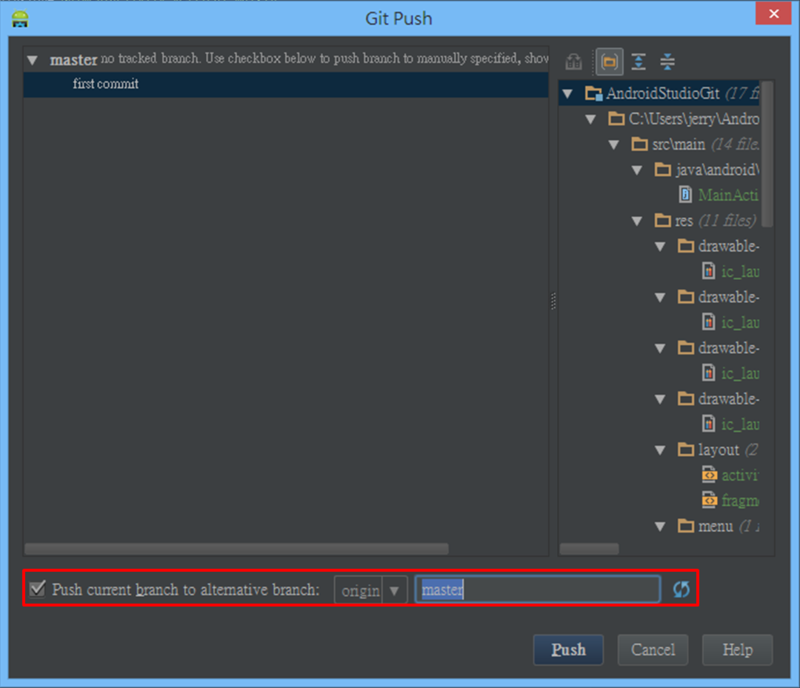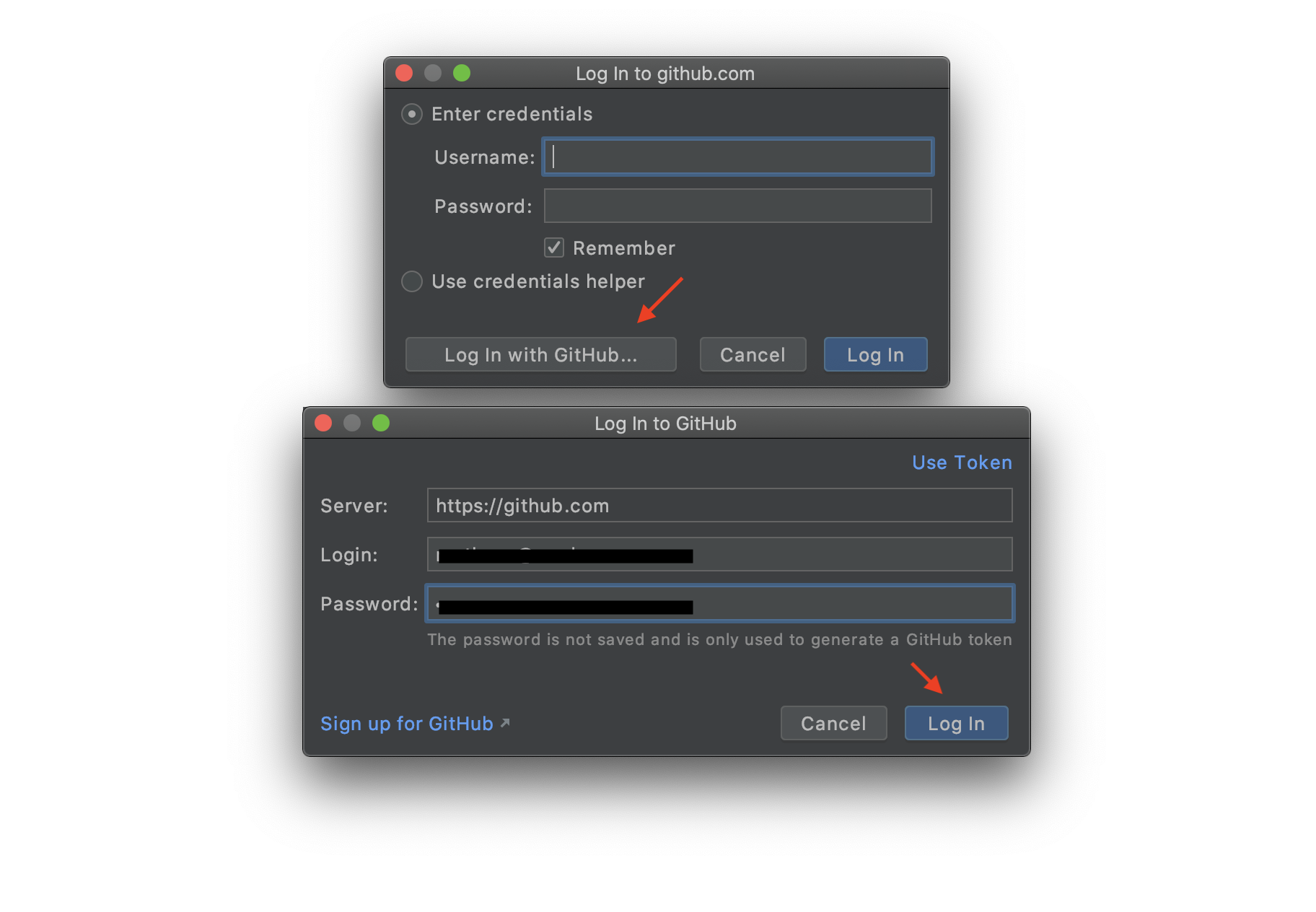

- #How to push to github android studio update
- #How to push to github android studio code
- #How to push to github android studio password
This creates a mess in the code and makes it less readable. Don't commit chunks of commented out codeĭon't comment out code and commit it to the repository so you can 'uncomment it if you ever need it again'. All you need to do is write a few keywords (such as MacOS, Android, IntellJ, Android Studio), and the tool will generate the file content for you. This file can be generated using the gitignore.io tool. Generated code does not belong in the repo. Make small commits with meaningful commit messages and push at least once a day. This will protect you against losing your hard work. Commit early, commit oftenĭon't forget to commit and push your code to the remote repository.
#How to push to github android studio update
Don't forget to also update all other active release branches. Then you can merge the release branch into the master branch. In JIRA, you can track the status of each release and define a Fix version/s attribute on a task.Īfter releasing a new version from the release branch, make sure to create a new tag with that version from the last commit in that branch. In Productive, release versions can be defined with tags or boards. If you are not sure, ask the project manager before starting the task. When working with release branches, it needs to be clear which task should be included in which version. Note: If you want to delete a protected branch on GitHub you will need to remove the protection because this can't be done, even with admin privileges. You can use regex to match all the release branches and not worry about protecting the newly created ones. In that case, release branches should be introduced and handled in the same manner as the main master branch. It is possible that, at some point, a development team will work on multiple releases at the same time. However, some projects have multiple releases planned ahead. Because of this, all changes can be merged into the master branch without the need to introduce multiple release branches. This means that all new changes should be included in the next upcoming release. Most projects have one active development stream at the moment. Also, provide a short description for the release. Git taggingīefore releasing the app on PlayStore, the release has to be tagged with the version number.

That is why, for the simplicity, we only keep the master branch as the main branch and track releases via tags. Since we have tags on release commits, having a branch that only contains published code seems unnecessary. We noticed that when having both master and dev branches only one of them is used actively. Each release is tagged with the version number as it is described in Git standardization document. All the development will be done on master branch. On most of the project we are going to use master as main branch and dev is not going to be used. There are some differences between our variant and the linked page, as it is described in Git standardization document. We use a variant of the Git Flow workflow.

Using GitĪs a part of git standardization we created this document which contains all the important information on how we are using git.

Just remember to clone the repository using the SSH clone URL.
#How to push to github android studio password
That way, you can interact with private repositories without entering your username and password all the time. Before you can start using Git, you need to generate an SSH key and add the public part of the key to your GitHub and Bitbucket accounts.


 0 kommentar(er)
0 kommentar(er)
